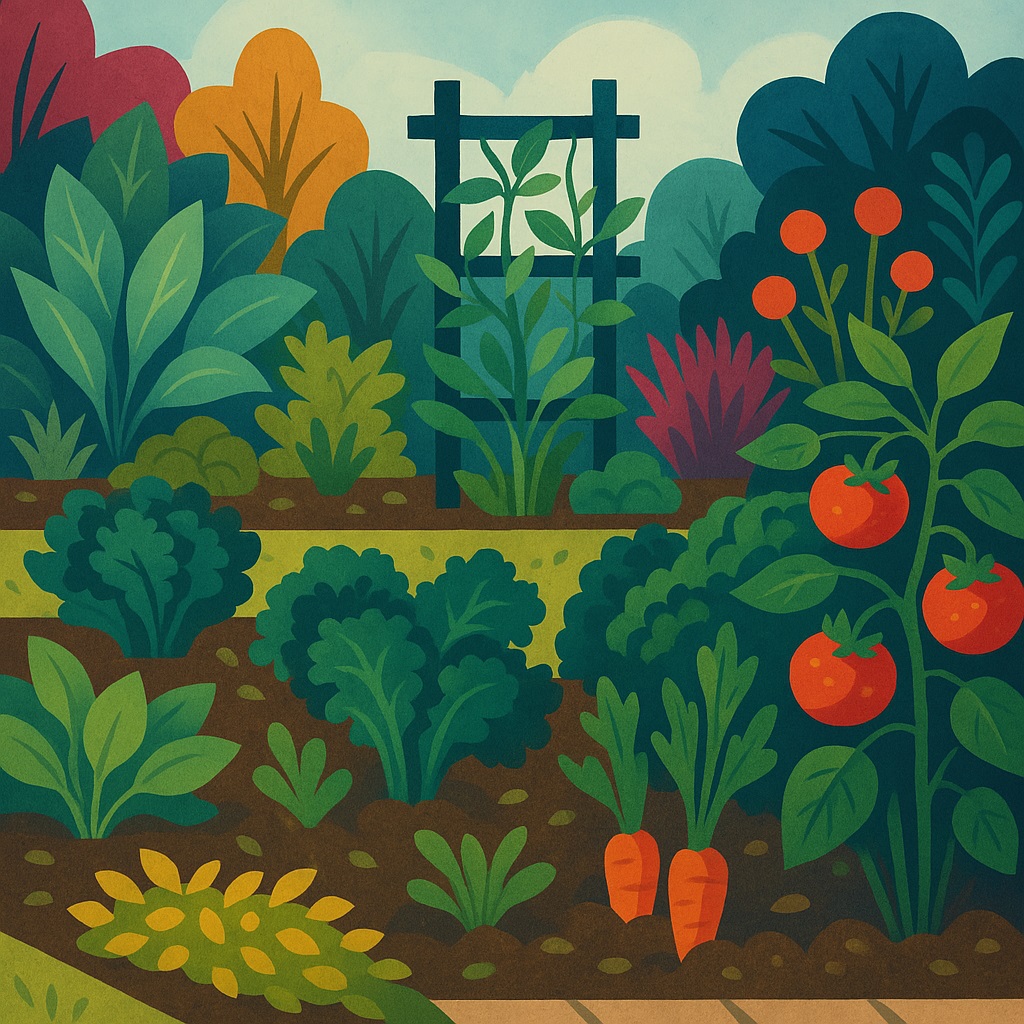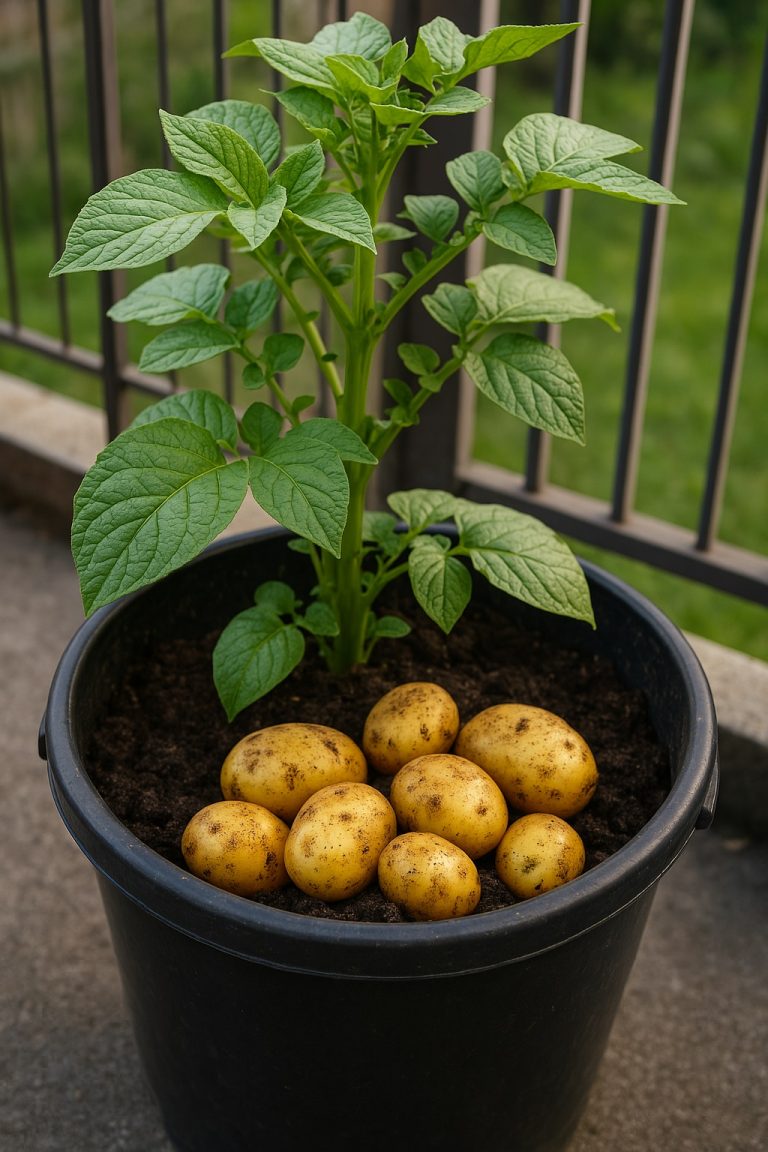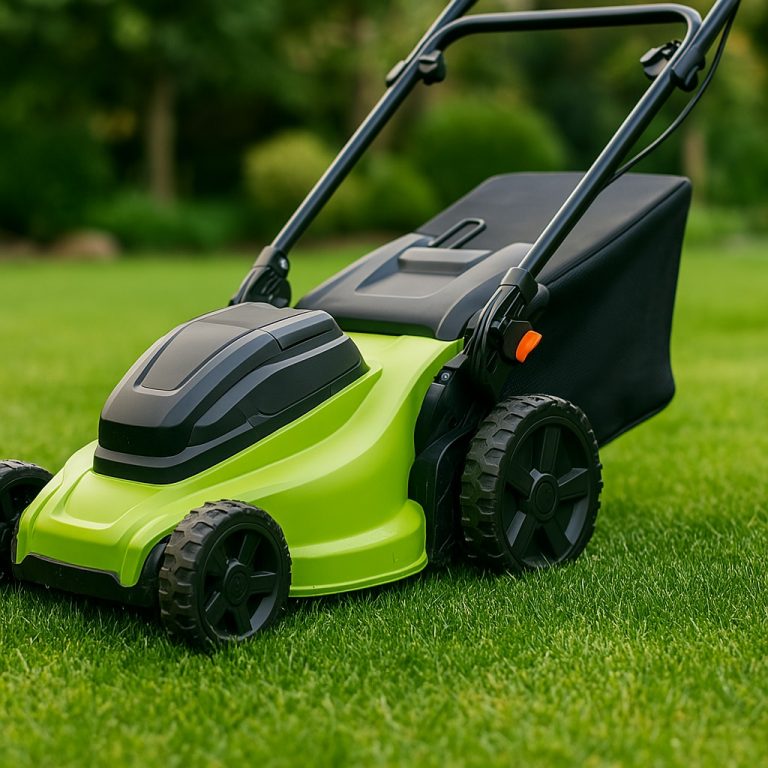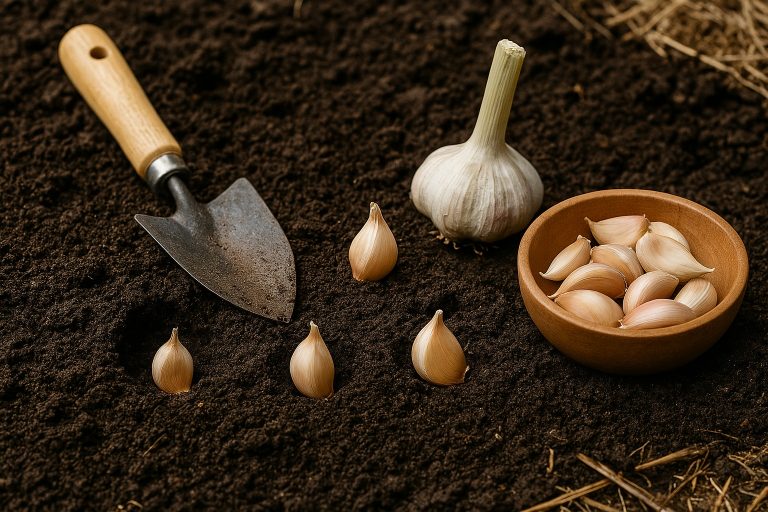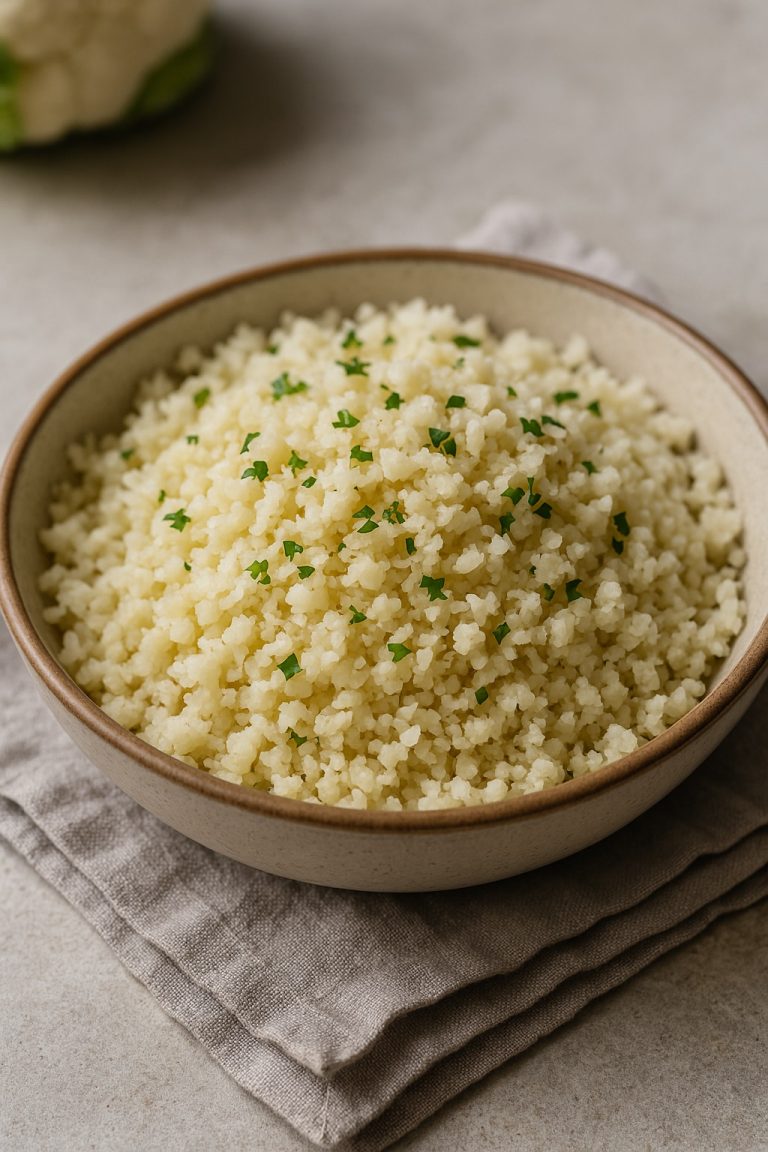The concept of “foodscaping”—integrating edible plants into traditional ornamental landscapes—is gaining significant traction among gardeners and homeowners alike. This innovative approach not only enhances the aesthetic appeal of outdoor spaces but also promotes sustainability and self-sufficiency. By thoughtfully incorporating fruits, vegetables, and herbs into your garden design, you can create a visually stunning and productive environment.
What is Foodscaping?
Foodscaping, a blend of “food” and “landscaping,” involves the strategic placement of edible plants alongside ornamental ones. This method transforms conventional gardens into multifunctional spaces that are both beautiful and bountiful. Beyond the visual appeal, foodscaping contributes to local food security, reduces grocery expenses, and decreases the carbon footprint associated with transporting produce.
Benefits of Foodscaping
- Enhanced Aesthetics: Edible plants offer a variety of colors, textures, and forms that can complement traditional ornamentals, adding depth and interest to your garden.
- Sustainability: Growing your own food reduces reliance on commercially grown produce, which often involves significant transportation and packaging, thereby lowering your environmental impact.
- Cost Savings: Harvesting fruits, vegetables, and herbs from your garden can lead to substantial savings on grocery bills over time.
- Health and Nutrition: Homegrown produce is fresher and often more nutritious than store-bought counterparts, promoting a healthier diet.
Getting Started with Foodscaping
To successfully implement foodscaping in your garden, consider the following steps:
- Assess Your Space: Evaluate your garden’s layout, sunlight exposure, and soil conditions to determine the best spots for edible plants.
- Choose Complementary Plants: Select edible plants that not only thrive in your climate but also harmonize with your existing ornamentals in terms of growth habits and visual appeal.
- Incorporate Vertical Elements: Utilize trellises, fences, and other structures to grow climbing edibles like beans, peas, or vine tomatoes, maximizing space and adding vertical interest.
- Design Functional Borders: Use low-growing herbs like thyme or oregano as ground covers or edging plants, providing both form and function.
- Plan for Succession Planting: Stagger planting times to ensure a continuous harvest and maintain the garden’s visual appeal throughout the growing season.
Embracing the Trend
The resurgence of interest in home gardening, particularly among younger generations, aligns perfectly with the principles of foodscaping. Millennials and Gen Z are leading a revival in herb gardening, transforming urban spaces into green havens. Studies show over 70% of 18-35 year-olds are enthusiastic about gardening, with 83% considering it “cool.” LOL
By adopting foodscaping practices, you not only enhance the beauty and functionality of your outdoor spaces but also contribute to a more sustainable and self-reliant lifestyle. Whether you have a sprawling backyard or a modest balcony, integrating edibles into your landscape design is a rewarding endeavor that pays dividends in aesthetics, health, and environmental impact.
